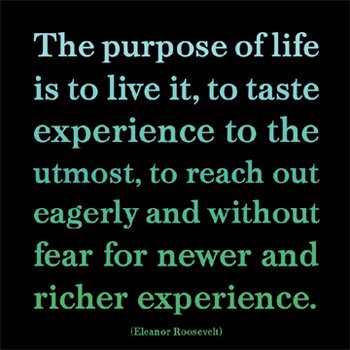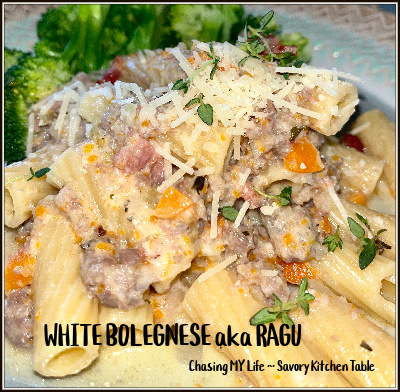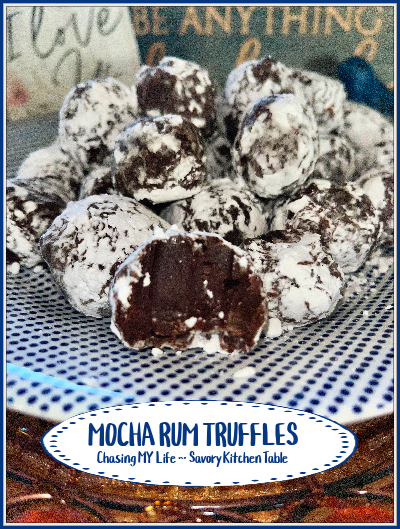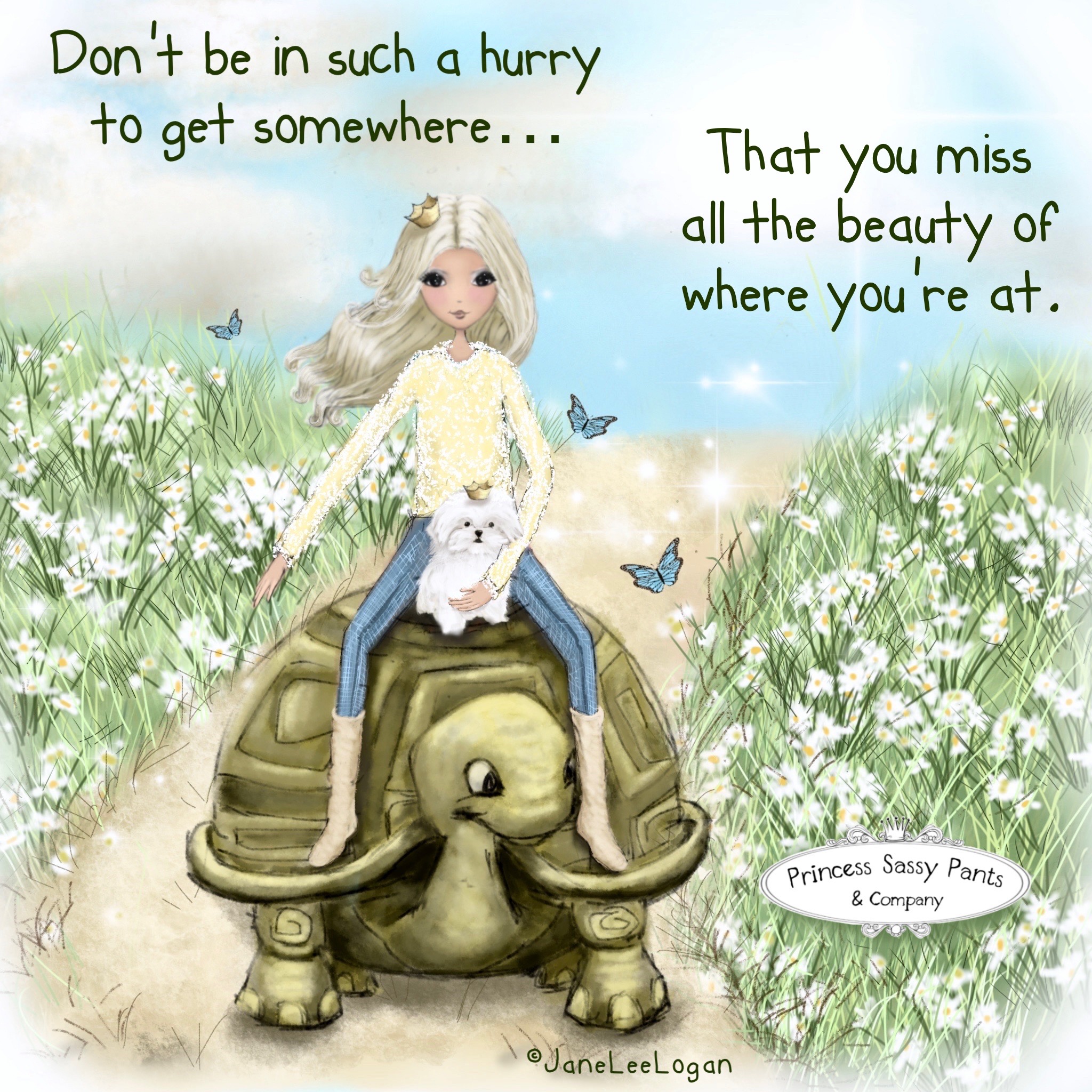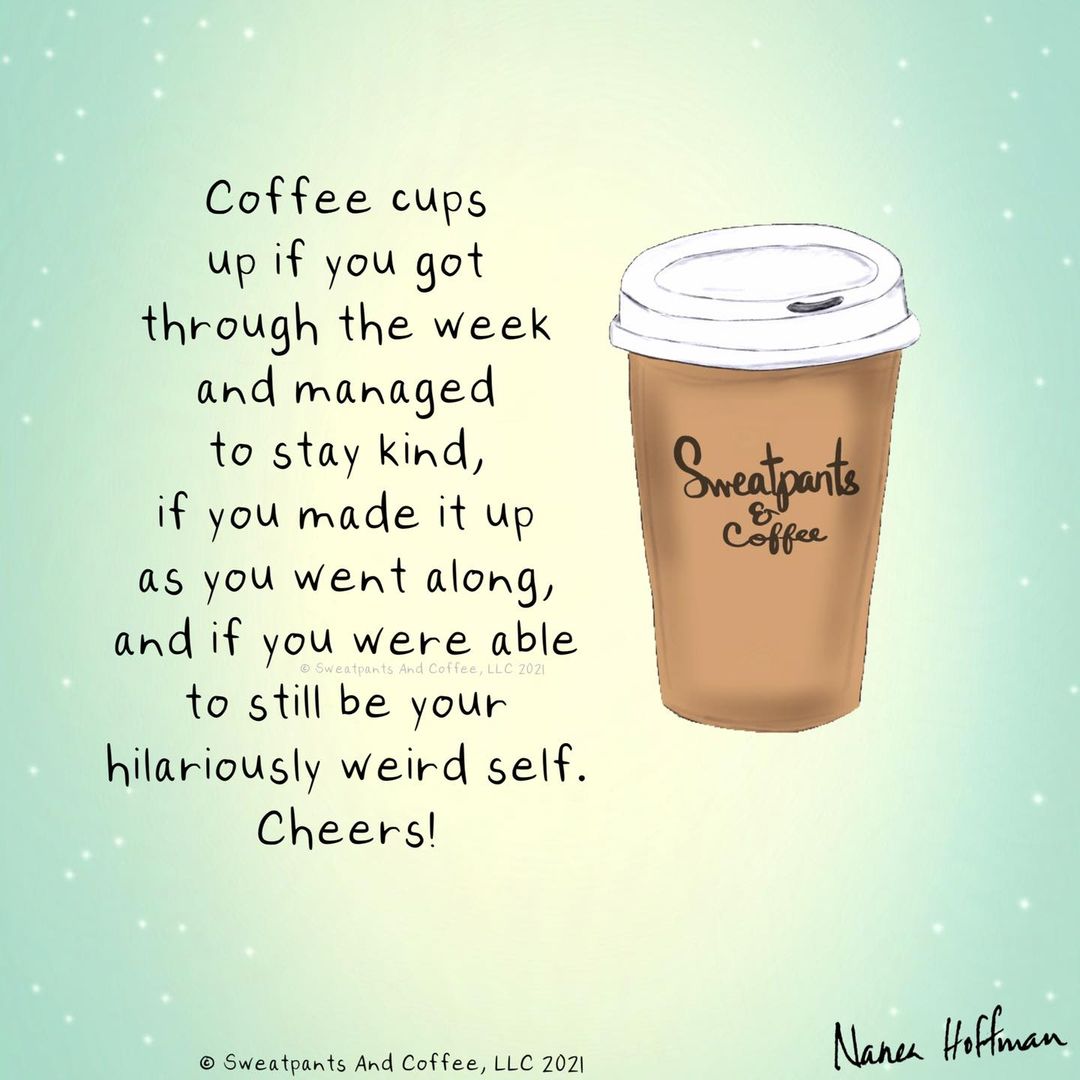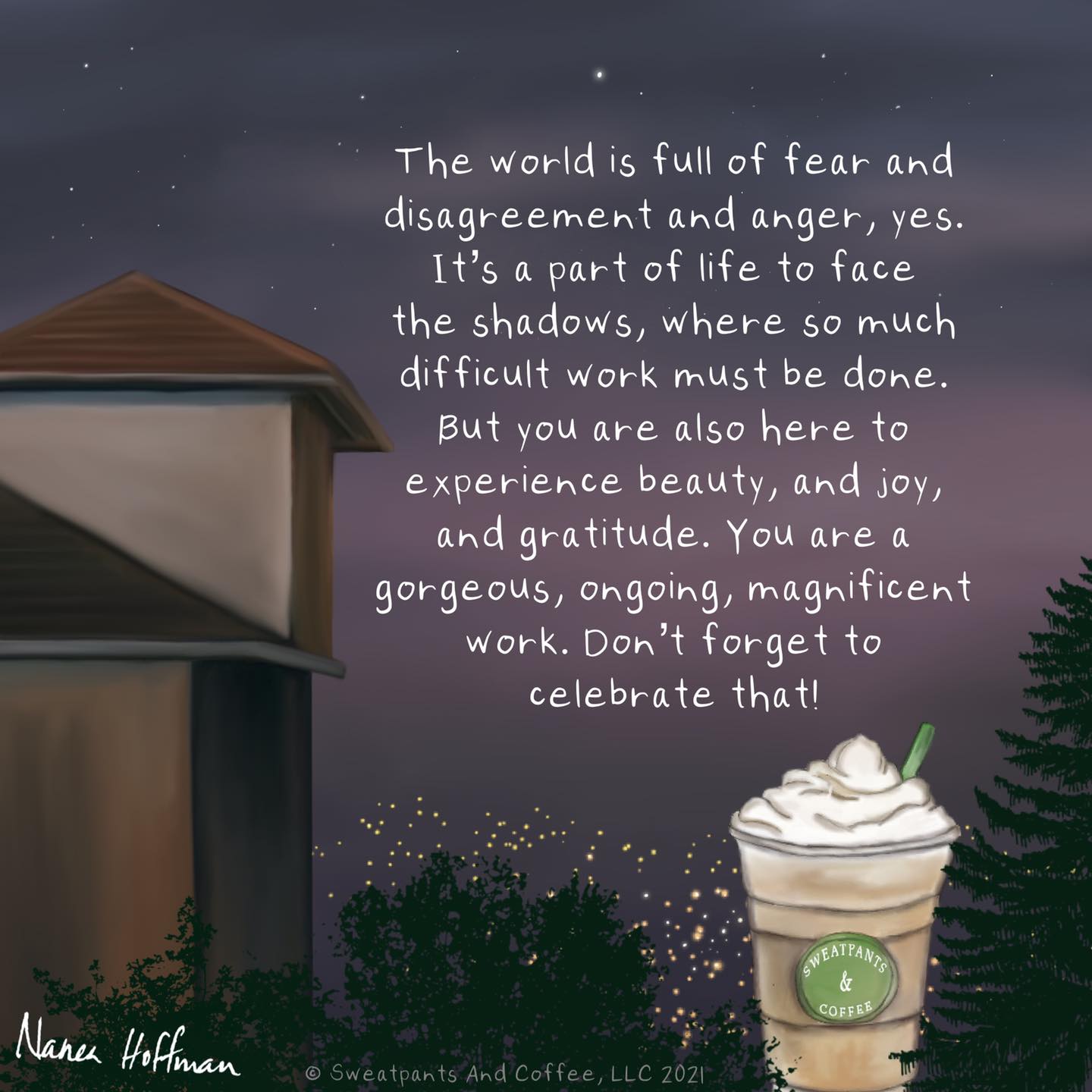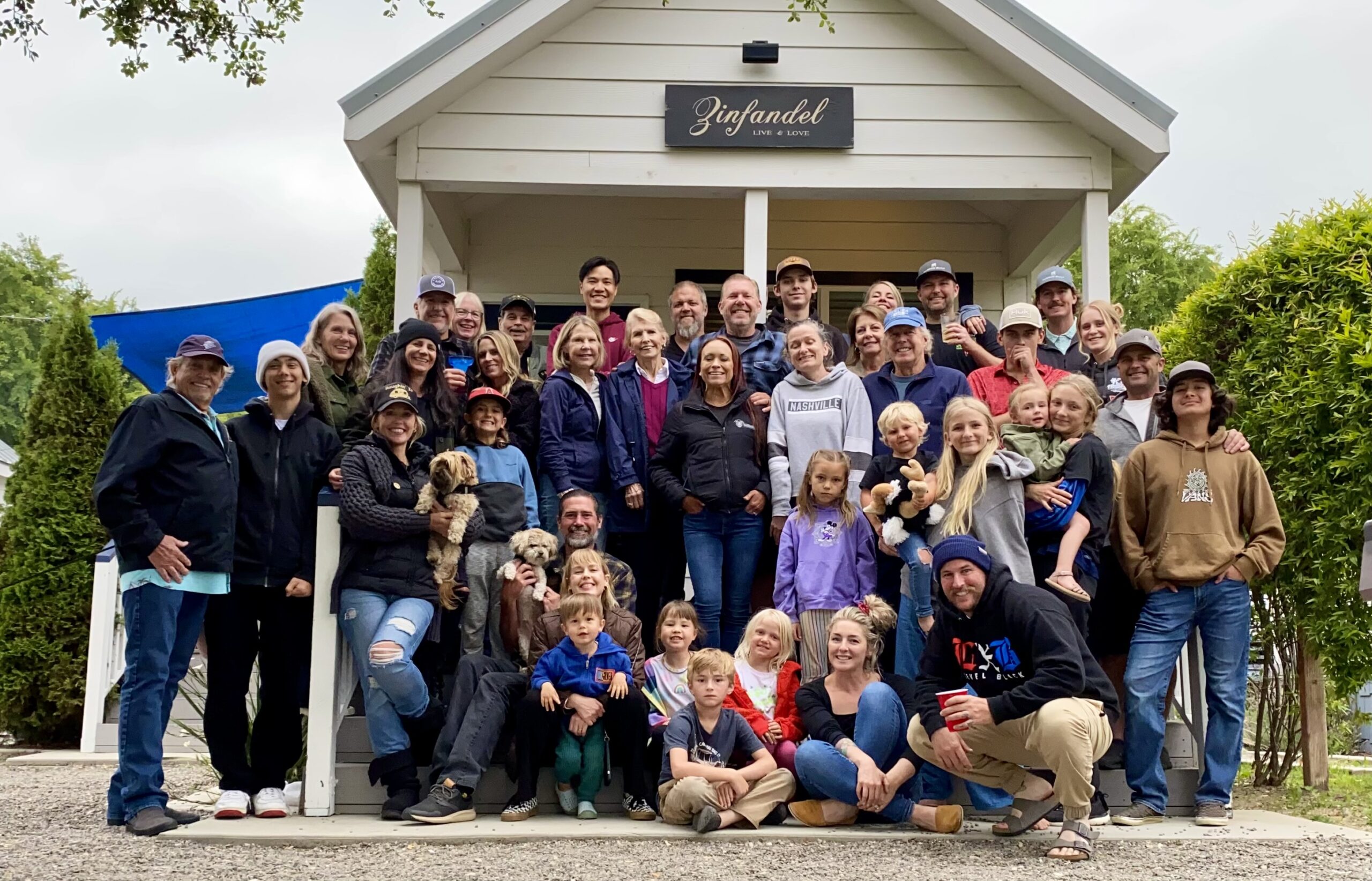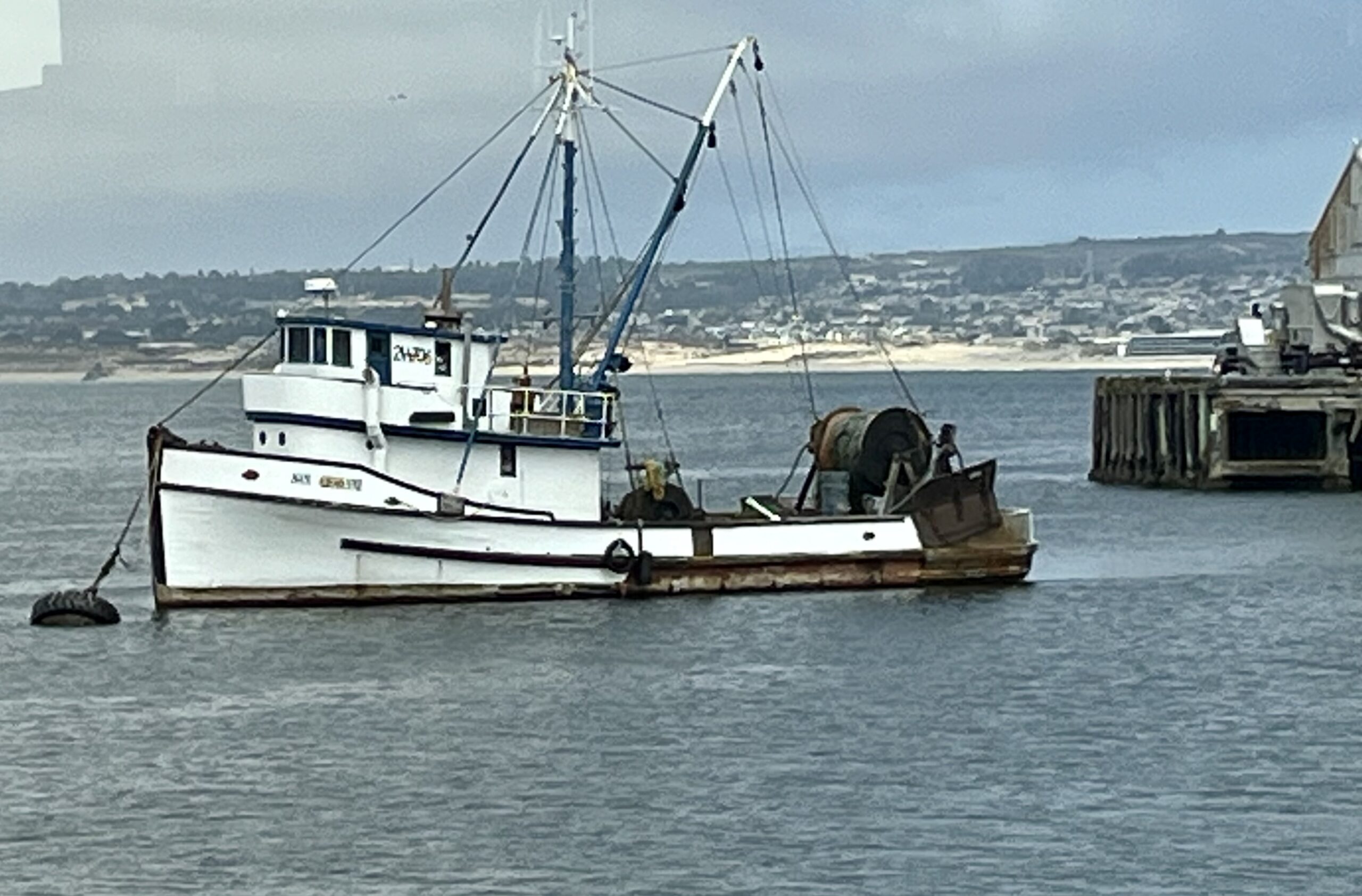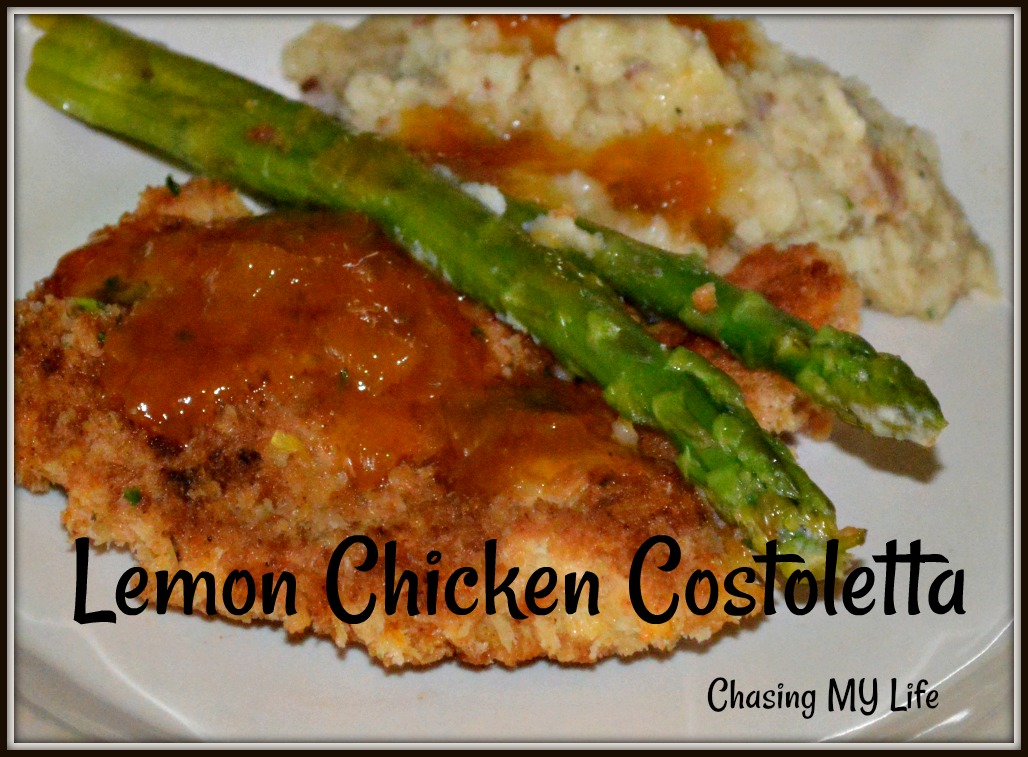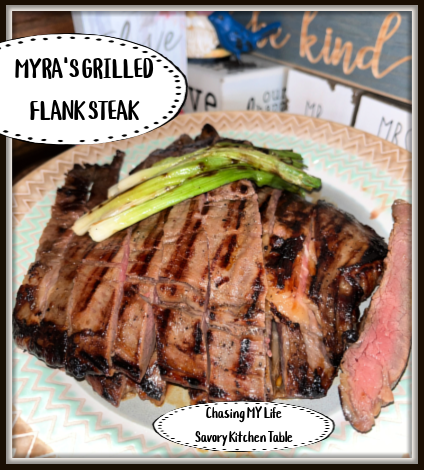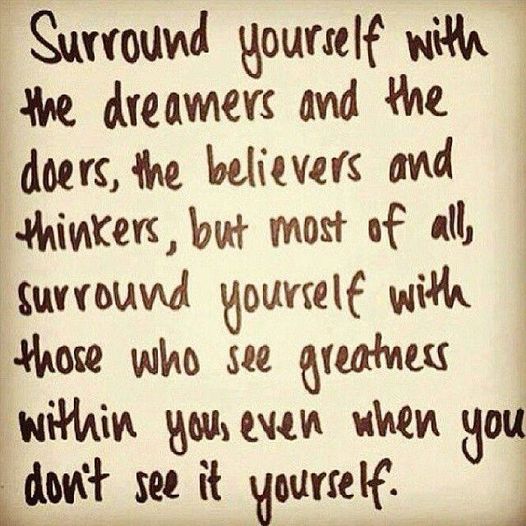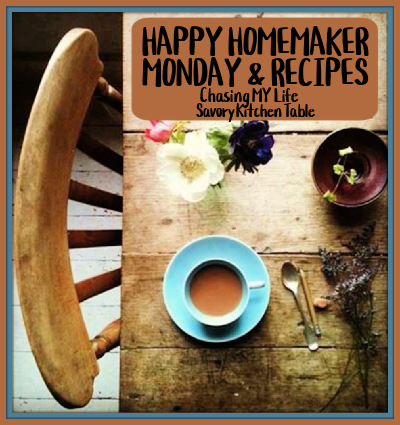
Be sure to join us for Happy Homemaker Monday and link up with our host, Sandra at Diary of a Stay at Home Mom




Good morning my friends. I’m so happy to be home and maybe back to a more normal routine this week. I hope you are all enjoying the long weekend, but also remember that this is not just a BBQ holiday. It’s a time to honor those that gave all for our country.
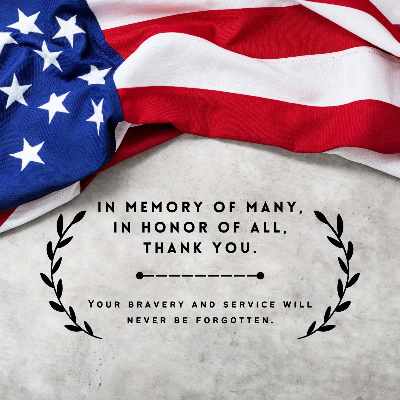

Honestly, I’m exhausted!!!!!! It’s been an exhausting month!!!!!! I need a vacation from my vacation!! I’m going to take a couple days to rest up and then think about what needs to be done next.
Also, I’ve spent a great deal of my time volunteering for the Eagles over the past 2 years. June 1st will bring about a “changing of the guard” in officers that I have some serious doubts about. So, I’m branching out to other organizations with my volunteer efforts. This is a good thing for me, but requires a mind change.

|
THIS WEEK’S TO DO LIST, PROJECTS & APPOINTMENTS
|
|

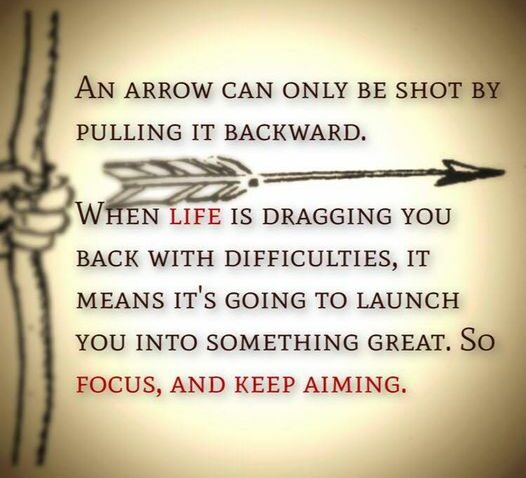


|
WHAT’S ON THE DVR/TV
|
|

Now that I’m all caught up from the trip and a non-stop week of food prep for the cribbage tournament over the holiday weekend I can finally start a new book. I STILL DREAM ABOUT YOU by Fannie Flagg.





BREAKFAST is always a work in progress for me – it will generally be hot water and a fruit yogurt 😀
|
MONDAY
|
TUESDAY
|
WEDNESDAY
|
THURSDAY
|
FRIDAY
|
SATURDAY
|
SUNDAY
|
|
|
DINNER
|
BBQ BEEF PATTIES and TOMALITOS
|
TUSCAN CHICKEN and ASPARAGUS
|
CORN / YOYO clean out refrigerator night or you’re on your own
|
ORANGE TERIYAKI CHICKEN and RICE
|
BAKED HAM with RASPBERRY SAUCE
|
CORN / YOYO clean out refrigerator night or you’re on your own
|
BAVETTE STEAK in DEMI-GLACE AND SAUER POTATOES |
|
DESSERT
|
|
|
|


I’m still sorting through all the pictures from our trip, but I did get a couple this week with my super early mornings that were particularly nice and spoke to me.



